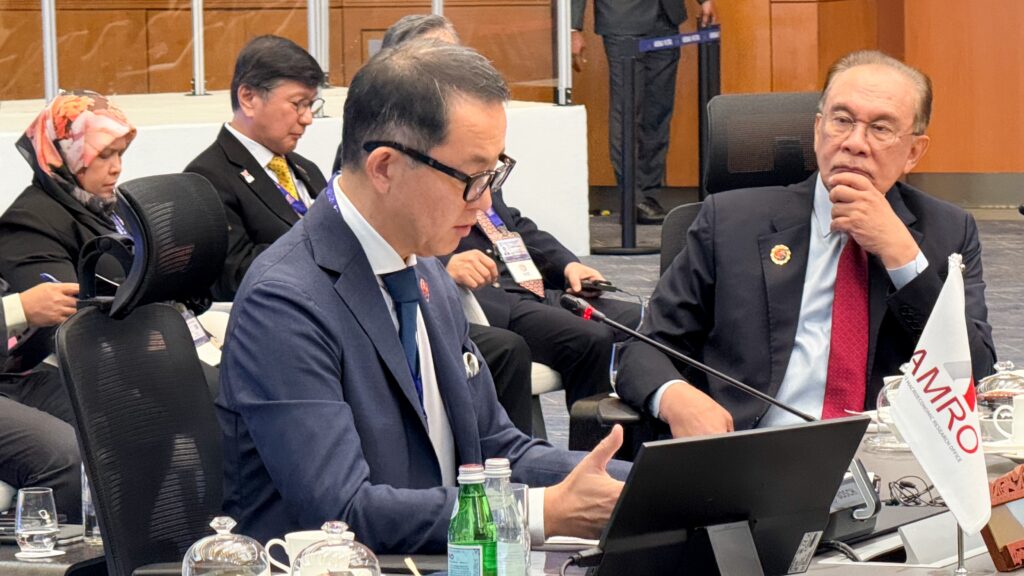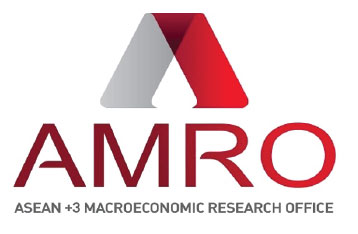
Your Majesty, and Your Excellencies,
Thank you for the opportunity to present AMRO’s regional outlook and insights on deepening economic integration.
Regional economic outlook
This year, ASEAN+3 has demonstrated resilience. Domestic demand is anchoring growth and exports remain strong. Growth is expected to reach 4.1 percent in 2025.
However, headwinds are building. Trade measures will weigh more next year. AMRO projects growth to slow to 3.8 percent next year.
Inflation remains low and stable, underpinned by sound macroeconomic policies across the region.
At the same time, risks are rising as the global economic and trade order becomes increasingly fluid. Our strong fundamentals provide a buffer, but they are not a shield. We must now prepare for a world of great uncertainty.
ASEAN integration: The way forward
This brings us to regional cooperation and integration.
ASEAN has made commendable progress on trade integration. Tariffs are close to zero. Yet, intra-ASEAN trade has remained unchanged at just over 20% of total trade. This is half the level within ASEAN+3, and far below the EU’s 61 percent.
AMRO’s recent study helps explain why. ASEAN economies are in very different development stages. This diversity has enabled global integration, but it has also limited trade and investment within ASEAN.
Most critically, intra-ASEAN investment accounts for just above 10 percent of total FDI—less than half what fundamentals would predict.
The way forward is to move beyond traditional trade measures. ASEAN needs a deliberate investment strategy, built on two pillars.
One, leverage global value chains to accelerate domestic upgrading. ASEAN is already deeply embedded in production networks with plus three economies. The task now is to convert these linkages into channels for inbound tech-transfer and skills upgrading—to strengthen local firms and create high quality jobs.
Two, support the internationalization of ASEAN firms. When ASEAN companies invest across borders, they create regional production and demand networks. Trade agreements alone cannot do that. This is ASEAN’s next stage of transformation—from investment recipients to regional investors.
AMRO’s simulations show the potential. With domestic upgrading and stronger regional investment, intra-ASEAN trade could rise to 40% by 2050.
The benefits of a more integrated ASEAN are extensive. A more integrated ASEAN would reinforce regional demand, create a more robust production network, and provide a more stable growth partner for the plus-3 economies and the world.
If the last decade was about building resilience, the next decade must be about transformation.
Deeper ASEAN integration is not an alternative to global openness but a critical complement to it. By broadening our sources of growth, we can strengthen the resilience of all ASEAN+3 economies amid an era of great uncertainty.
AMRO stands ready to support our members in this effort.
Thank you.
